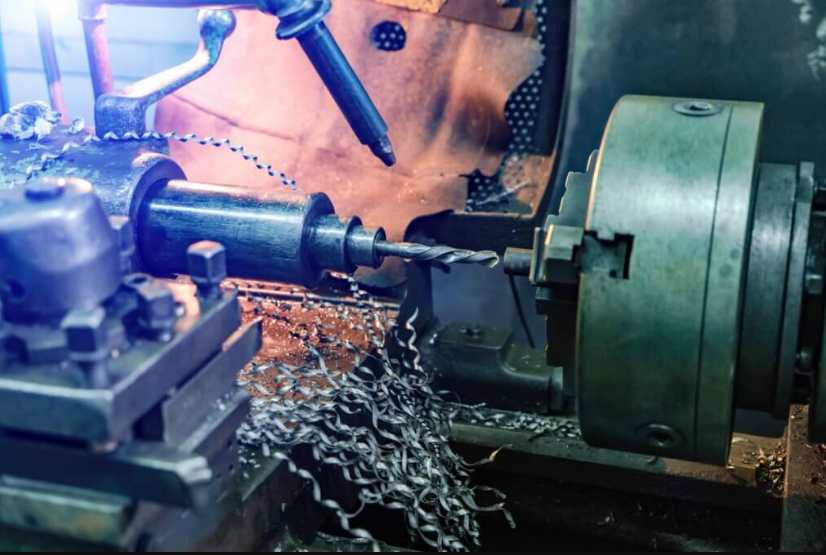Optimizing Material Efficiency Through Cutting-Edge Grinding Systems
Today’s industries are driven by the relentless pursuit of efficiency, and nowhere is this more evident than in material processing. Grinding systems play an integral role in this, providing a way to break down raw materials for further use in manufacturing processes. With advances in technology, modern grinding systems now offer unprecedented levels of precision and efficiency. This post explores the innovations within these systems and how they’re helping to optimize material efficiency.
Understanding Material Efficiency
At its core, material efficiency refers to the ability to utilize raw materials in a way that maximizes their usability while minimizing waste. Whether in construction, manufacturing, or pharmaceuticals, industries face the challenge of making processes leaner and more effective. Using a reliable grinding system ensures that every ounce of material is processed to its full potential.
For example, industries dealing with powdered forms of raw materials, such as cement manufacturers or drug companies, benefit enormously from grinding systems. These systems ensure precise particle sizing, reducing the risk of over-processing or under-utilizing critical components.
Technological Advances in Grinding Systems
Modern grinding systems differ vastly from their traditional counterparts. Here’s a look at how technological advancements are shaping the landscape:
1. Automated Adjustments
Automation has revolutionized how grinding systems function. By integrating IoT (Internet of Things) technology, these systems can automatically adjust grinding intensity, direction, and pressure based on the material’s behavior. This minimizes human error and ensures consistent results across batches.
2. Enhanced Precision
Grinding is as much about precision as it is about power. Contemporary grinding systems can scale down materials to micron or even nanometer levels, depending on requirements. This is especially important for industries utilizing a powder size reduction machine, where fine-tuning dimensions directly affects product quality.
3. Energy-Efficient Designs
Energy efficiency is a focal point of modern engineering. Grinding systems now employ advanced sensors and cooling technologies to ensure that energy is conserved without compromising on functionality. Lower energy consumption translates to reduced operational costs and a lesser environmental footprint.
See also: The Role of Tech in E-commerce Evolution
4. Versatile Materials
A key challenge for grinding systems has always been accommodating a variety of materials with differing hardness and consistency. Innovations in blade designs, rotor technology, and surface materials have made modern systems adaptable to everything from hard metals to fibrous organic materials.
Benefits of Optimized Grinding in Various Industries
Manufacturing
Precision grinding ensures that materials meet exact specifications, improving the quality of the finished product. Manufacturers benefit from reduced waste and streamlined production, keeping operations cost-effective.
Pharmaceutical
The pharmaceutical industry requires highly consistent and finely ground materials. Innovations in grinding systems deliver the exact particle sizes needed for better dissolution rates and efficacy of medications.
Food Processing
Food manufacturers use advanced grinding systems to produce finely milled powders, such as flour or spice blends. These systems ensure consistent texture and flavor, enhancing the end-product’s appeal.
Maintaining Efficiency Through Monitoring and Upgrades
Technological advancements alone cannot ensure the long-term efficiency of grinding systems. Regular monitoring and upgrading of equipment hold significant importance:
- Routine Performance Checks: Frequent testing and recalibration are essential for consistency in output.
- Upgrading Technology: With the pace of change in industrial technology, even state-of-the-art grinding equipment might become obsolete within a decade.
- Staff Training: Skilled operators greatly enhance the utility of advanced systems, ensuring the right settings and maintenance practices are maintained.






